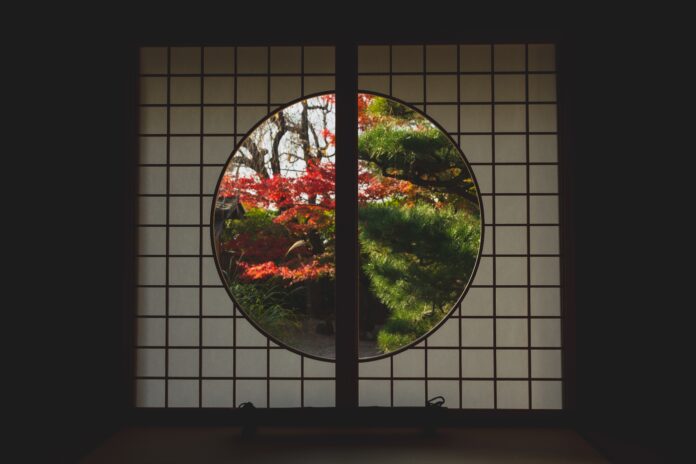From skyscrapers to hospitals, modern architecture is increasingly incorporating natural elements to create the biophilic design. This design philosophy emphasizes the connection between humans and nature. And its adoption is driven by the many benefits it brings to both people and the environment.
In this article, We will explore Biophilic Designs through the lens of benefits, elements, implementation, and challenges.
Benefits of Biophilic Design
The biophilic design offers numerous benefits to both the mental and physical health of people. And some of those benefits include improved health and well-being, increased productivity and creativity, and reduce stress and anxiety. And these designs also have a rather positive impact on the environment as a whole. Studies have shown that exposure to nature can lower heart rate and blood pressure, and reduce stress and anxiety levels. Incorporating natural elements like plants and water features into indoor environments has also been linked to improved creativity and productivity. Biophilic design can also help reduce energy consumption and waste by using natural materials and optimizing natural light and ventilation. These designs in a fundamental sense bring us closer to nature which positively impacts all aspects of our lives.
Elements of Biophilic Design
There are various elements of biophilic design that can be incorporated into the architecture. These include natural light, views of nature, living plants and greenery, natural materials and textures, water features, and natural ventilation. Integrating these elements into indoor environments creates a sense of harmony between humans and nature. And one thing to keep in mind is to not use artificial plants. Because that is kind of counterintuitive to the whole point of incorporating Biophilic designs in our architecture.
Examples of Biophilic Design in Modern Architecture
Numerous modern architectural designs have incorporated biophilic design elements. The Amazon Spheres in Seattle, Washington, features a unique spherical design with a green wall containing over 25,000 plants. The Bosco Verticale in Milan, Italy, features two residential towers that are covered in over 800 trees and 14,000 plants. The Khoo Teck Puat Hospital in Singapore is designed with open spaces, gardens, and natural light. Which provides a healing environment for patients and improves patient outcomes. The California Academy of Sciences in San Francisco, California, features a living roof covered in native plants. And it also has a rainforest exhibit inside the building.
Implementation of Biophilic Design
Implementing biophilic design requires collaboration between architects and biophilic design consultants. To ensure that natural elements are incorporated into building designs effectively. And at the same time making sure it does not degrade the structural integrity of the building in question. It is also important to integrate biophilic design into building codes and regulations. In order to make it a standard practice in architecture. Education and awareness campaigns for the public and the design industry can also promote the adoption of biophilic design principles. The governments could also put in place incentive plans to encourage at least businesses to adopt these designs. And as for individuals, the designs are not very affordable so only rapid developments can help them.
Challenges
One of the main challenges of biophilic design is the cost implications. Incorporating natural elements can be more expensive than traditional building materials and designs. Another challenge is the limited availability of natural materials and resources. Which can make it difficult to implement the biophilic design in certain locations. Measuring the effectiveness of the biophilic design is also challenging. As it is subjective and can vary based on the individual.
Conclusion
The rise of biophilic design is a testament to the growing recognition of the importance of our connection to nature. By incorporating natural elements into modern architecture, we can create healthier, more productive, and more sustainable indoor environments. With collaboration, education, and creative design solutions, we can continue to innovate and integrate biophilic design into the built environment to improve our lives and the health of our planet. As for the challenges that seem to be present in the adoption of Biophilic designs. They are sure to be overcome by developments in different technologies and collaborations.
And as always folks be sure to go to the Global Growth Forum if you are interested in reading similar articles on a wide range of topics. And for those who love to read articles in Hindi check out the Mojo Patrakar.








